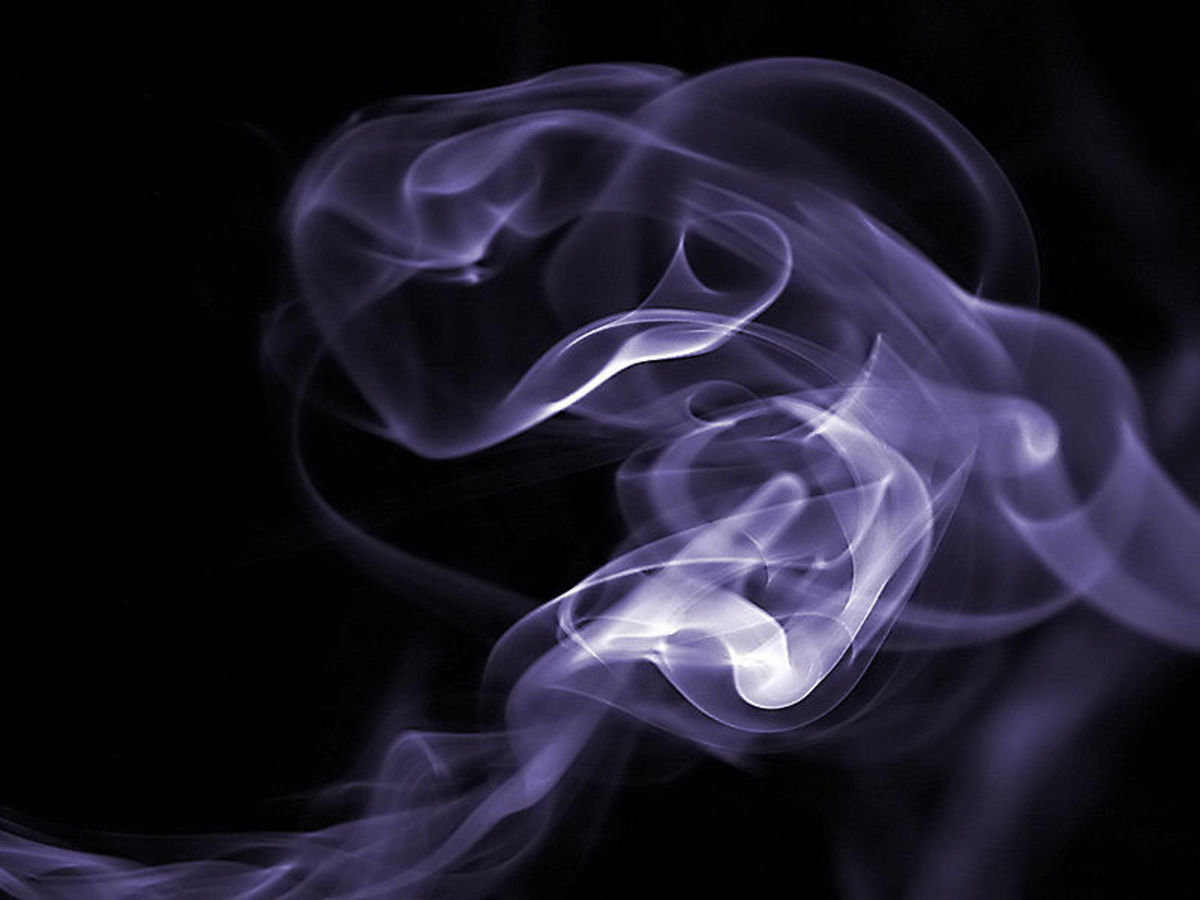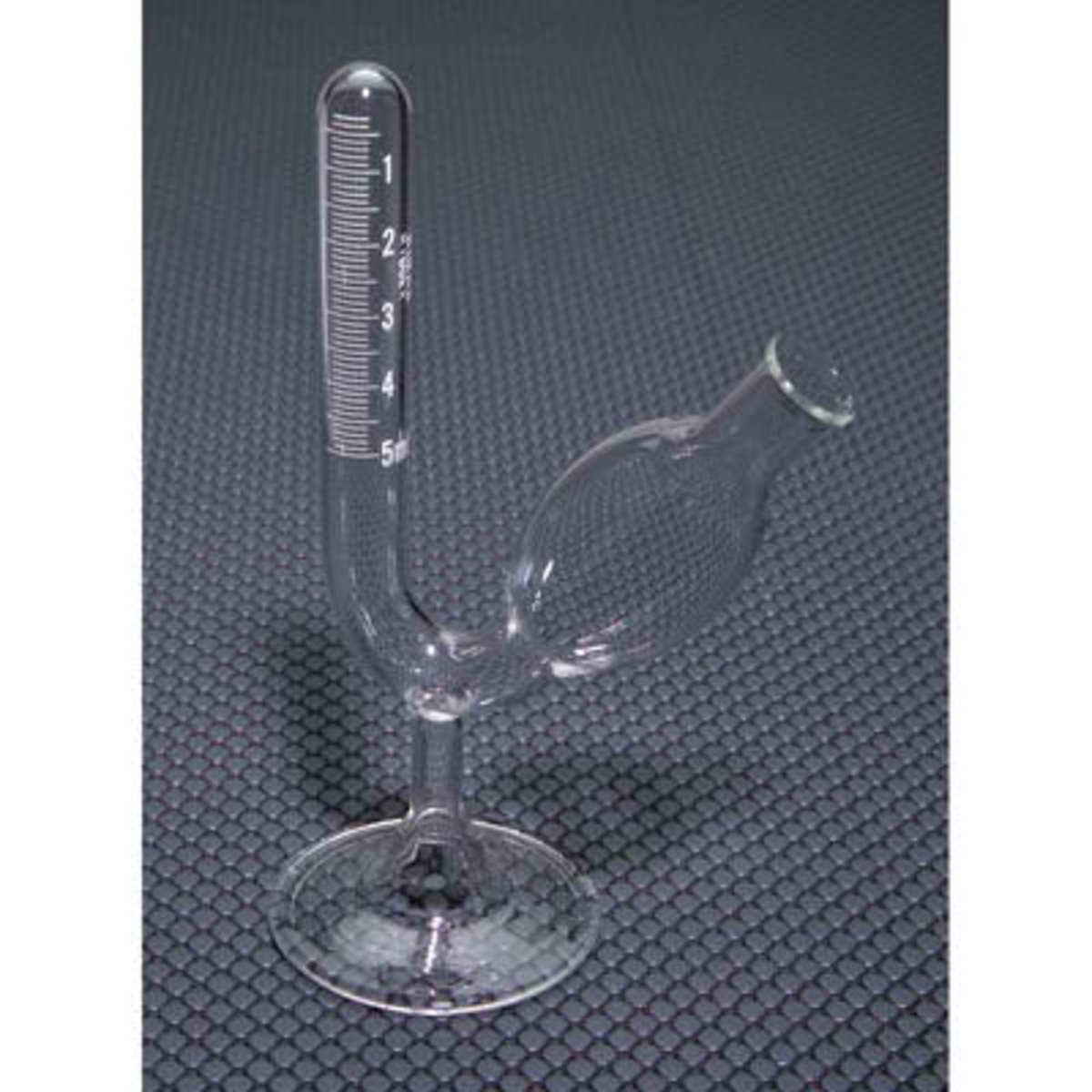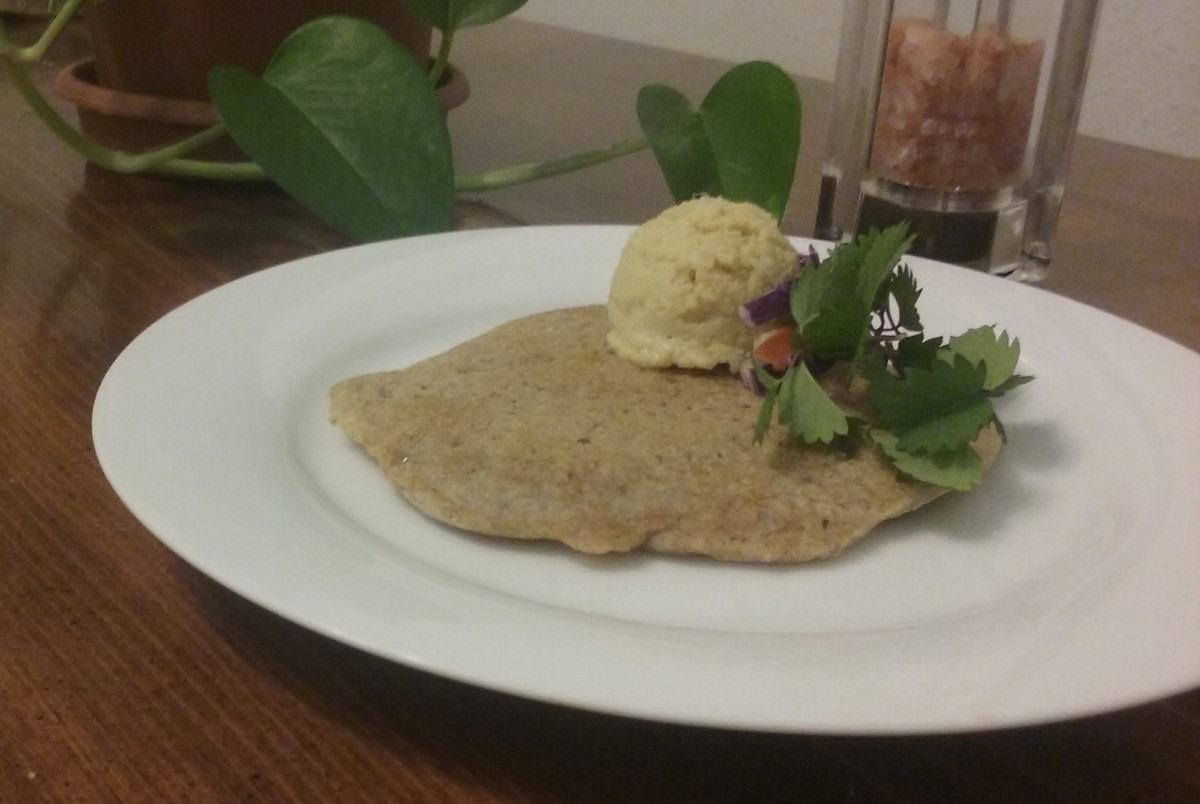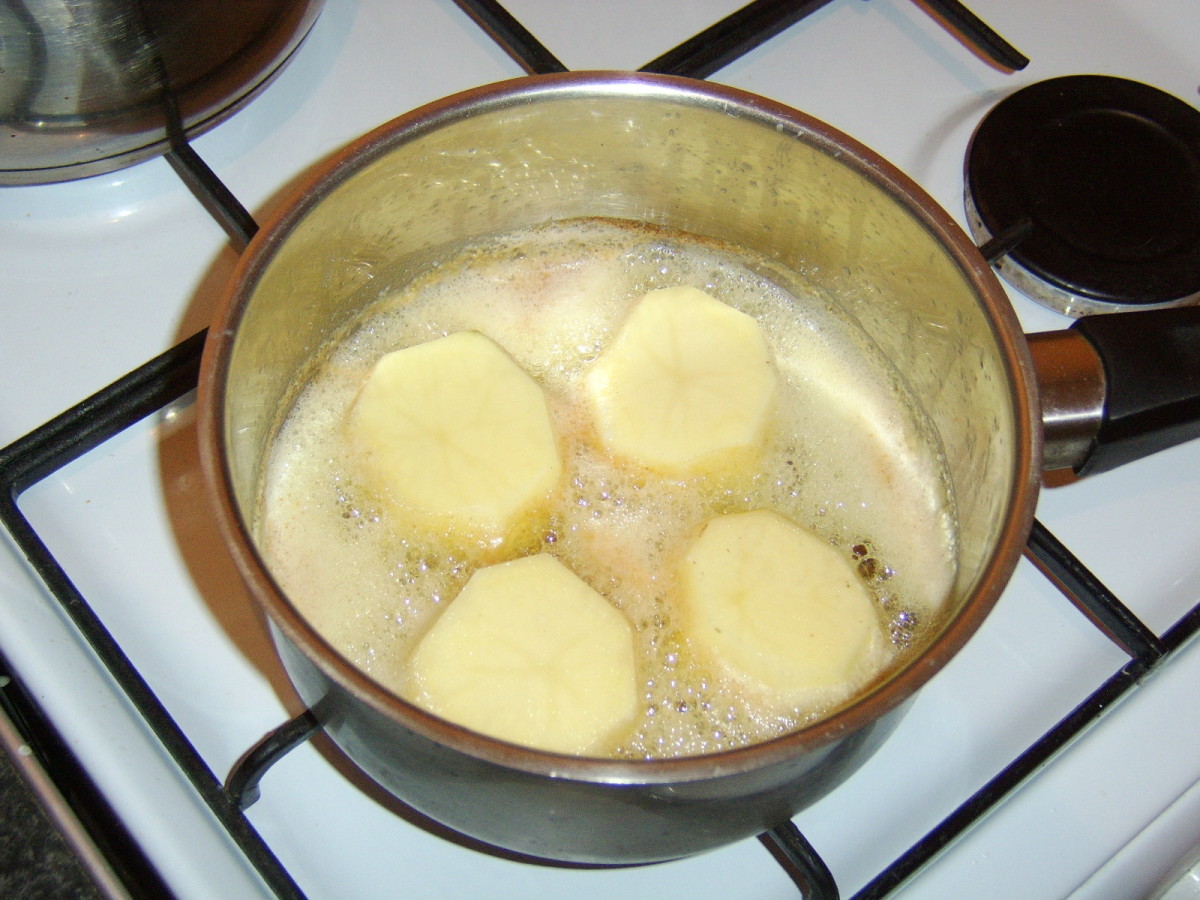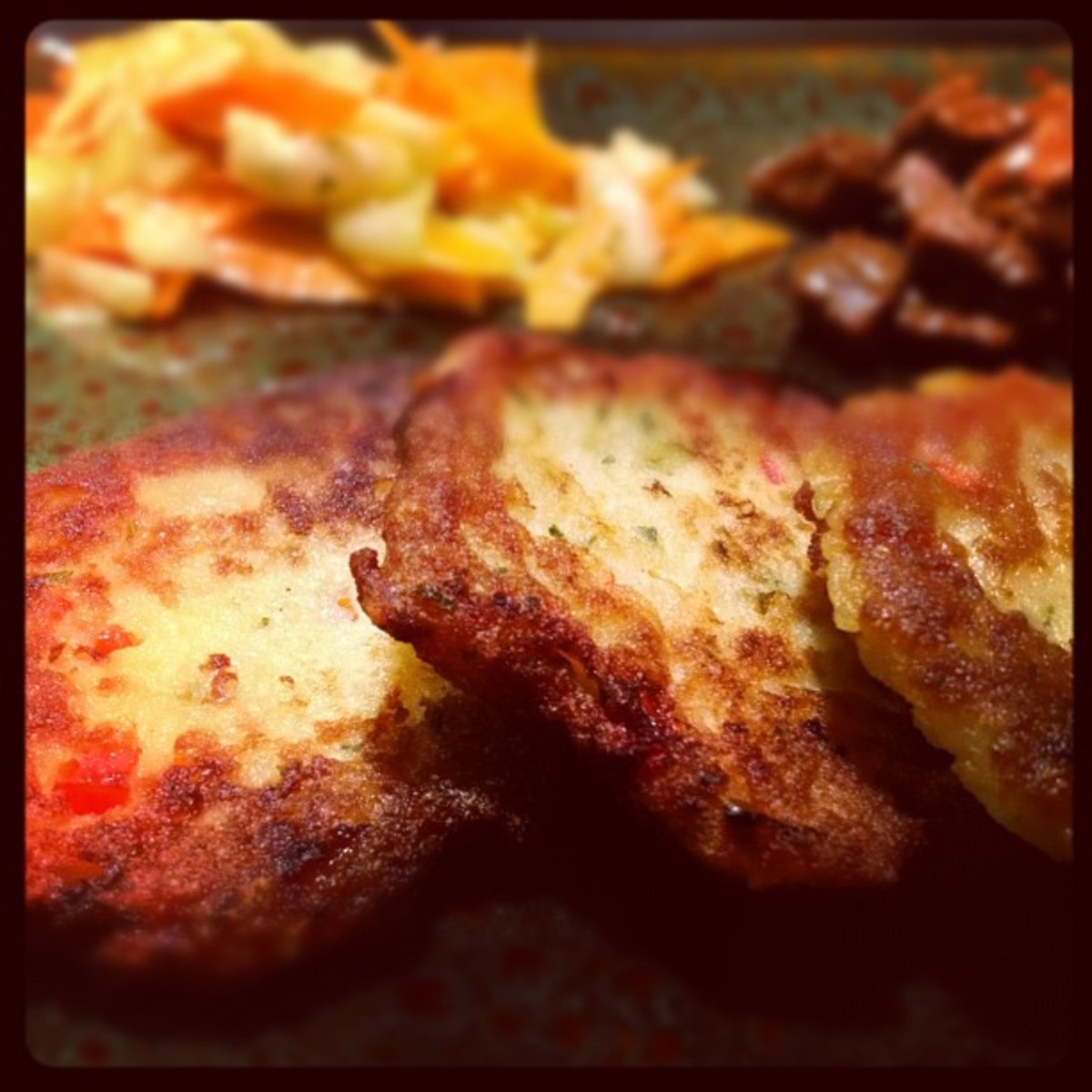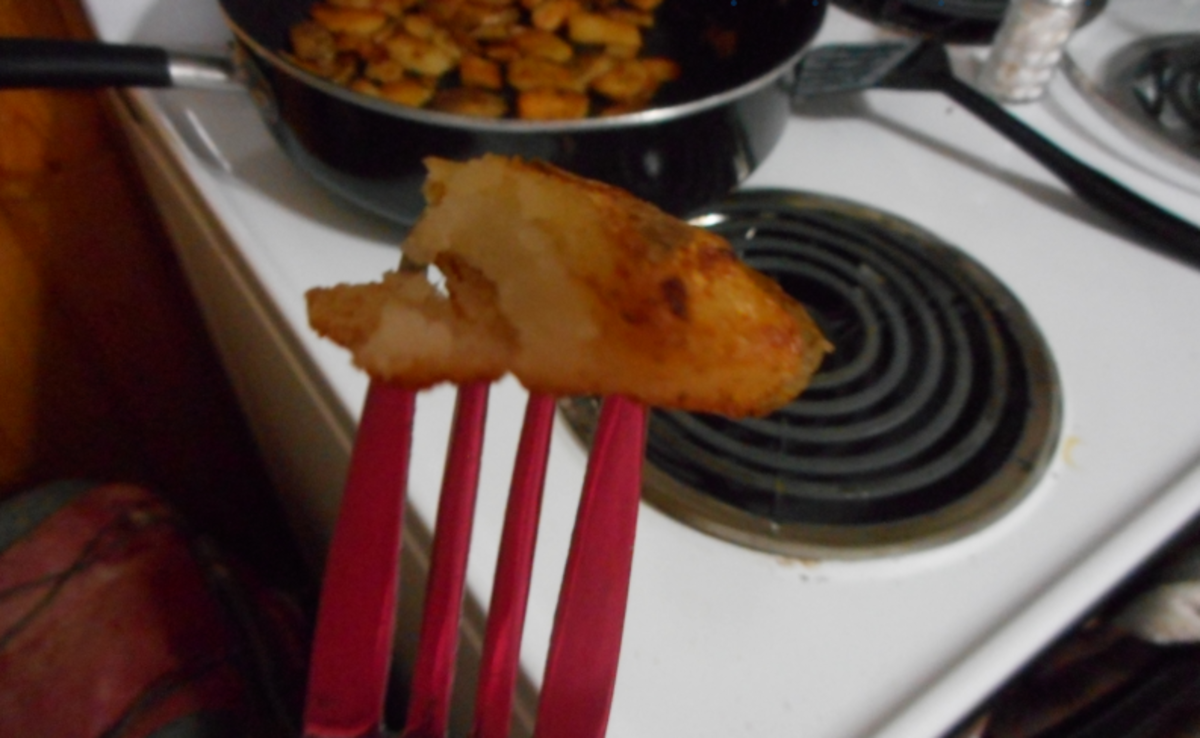My experiments at getting idli batter...
What is an idli?
An idli is a south Indian tiffin item. It is taken at breakfast/supper, or as a fast food snack any time of the day.
The nearest equivalent word that might describe an idli is 'rice dumpling'. Except for a superficial similarity between the two (both have rice as an ingredient; both are steamed), they are as different as chalk and cheese. A dumpling has a filling, an idli doesn't. A dumpling is sweet, whereas the idli doesn't have a significant taste. It has a bland taste that can at best be described as idli taste.
If the idli doesn't have a taste of its own, then how does one assess its quality? An idli also possesses a characteristic texture - soft and spongy. While making idlis your success is measured by the softness / sponginess of the idlis. The ideal idli is described as malligaippoo idli (மல்லிகைப்பூ இட்லி ), soft and white as a jasmine flower.
Making idlis
Making idlis is one of the easiest tasks in cooking. Buy a packet of idli batter from your nearby grocer / green-grocer / supermarket. Ladle out one scoop of batter into each trough of the idli pan and steam cook until the idli is done (about 10-15 mins).
This is fine if you get ready-made idli batter, but what do you do if it is not available? Don't despair. Follow the simple instructions below to get your batter:
- Soak 1 measure of black gram (coat removed) / Urad dal (ulundu paruppu tamil உளுந்து பருப்பு) and grind to a smooth pasty consistency in a homogenizer.
- Soak (for 5-6 hours) 3 measures of idli rice (parboiled rice Tamil புழுங்கல் அரிசி, of a particular variety of rice) and grind to a medium-grainy consistency in a homogenizer. The resulting batter should not be too thick nor free flowing in consistency.
- Mix the above, add required salt
- Allow the mixture to ferment for 6-8 hours and your idli batter is ready. The fermentation time is dependent on the ambient temperature; in temperate regions it might require longer periods of incubation. Using an oven set to about 30°C would allow faster fermentation.
Idli Batter
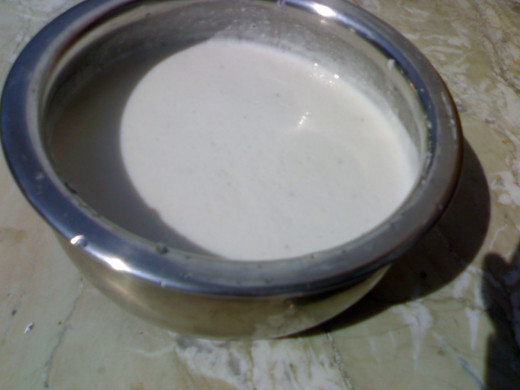
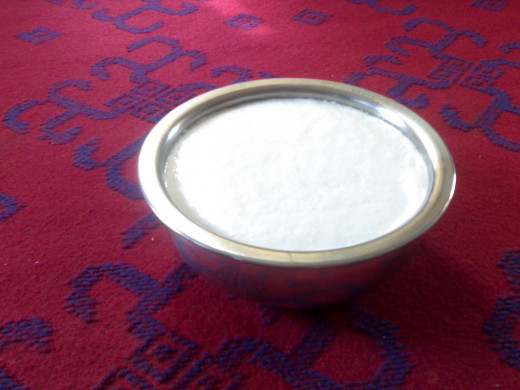
My experiments with idli batter
Good batter is characterized by its consistency and the extent of fermentation.
Consistency - the batter should of semi-liquid consistency; it should be flowing but not free flowing.
Fermentation - the batter should have risen by nearly 50% of the volume after fermentation.
I've often made idlis with my own batter with varying degrees of success. My best idlis came from idli batter made from with idli rice; this is parboiled rice of a particular variety of rice.
The real problem arises when you are in a place where idlis are considered exotic; ready-made idli batter is unavailable and the concept of parboiled rice is unheard of, let alone be available.
However, I never let this deter me. I proceeded to buy the locally available Kashmiri rice, which looks very much like the idli rice.
Experiment 1:
Kashmiri mota rice: 4 parts; urad dal - 1 part.
Ground to the desired consistency. Added salt and allowed to ferment at room temperature (18-23°C) for up to 24 hrs. Result - zilch. The batter did not rise. :(
Experiment 2:
Kashmiri mota rice: 4 parts; urad dal - 1 part.
Ground to the desired consistency. Added salt and allowed to ferment at higher temperature (25-45°C), by keeping in a cooker containing warmed water. Fermentation time up to 24 hrs. Result - zilch. The batter did not rise. :(
Experiment 3:
Kashmiri mota rice: 4 parts; urad dal - 1 part.
I thought that using parboiled rice should do the trick. So I attempted to mimic the parboiling procedure. I immersed the rice in water sufficient just to cover it and steamed it for about a minute in the pressure cooker. I found that the rice in the lower layer was cooked while the upper layer rice was as is. Not deterred I dried the rice and then again soaked it for grinding.
Ground to the desired consistency. Added salt and allowed to ferment at room temperature (18-23°C) for up to 12 hrs. Result- Yaay! Success - the batter had risen! :)
Enthusiastically I poured the batter in suitable sized cups and steamed it. Result - the batter had collapsed and resulted in a product with a gooey consistency, not unlike that of the glue that is kept in post offices for sticking stamps. :( :( :(
Experiment 3:
Kashmiri mota rice: 4 parts; urad dal - 1 part.
I changed the parboiling process. I pre-soaked the rice in water for about an hour, drained the water and steamed it for about a minute in the pressure cooker. Just the outer layer of the rice was mildly done. This looked promising.
Ground to the desired consistency and added salt. I kept the batter to warm in the evening sun for about an hour, and allowed to ferment at room temperature (18-23°C) for up to 16 hrs. Result- Yaay! Success - the batter had risen by about 30%! It also gave off the smell of fermented batter :)
I am yet to steam the batter to make the idlis. I'll let you know the result later in the day and probably post a photo if successful. :)
Edited to add: Oh. The idlis that I made didn't turn out as well as I wanted. They looked normal in appearance, but consistency wise they were sticky, not spongy. The experiment continues...
Trivia
As idli doesn't have a significant taste of its own, it is eaten with a wide assortment of chutnies / sambar / curries / gravies as an accompaniment. Of course plain idli, perhaps with some sugar/ghee, is given to infants / babies.
Nutritionally it contains starch and protein. The lipid / fat content is negligible. The idli is considered as the healthiest food, on par with curd-rice, by the indigenous people of the southern part the Indian sub-continent.
Idli batter of thinner consistency may also be used to make dosas.

